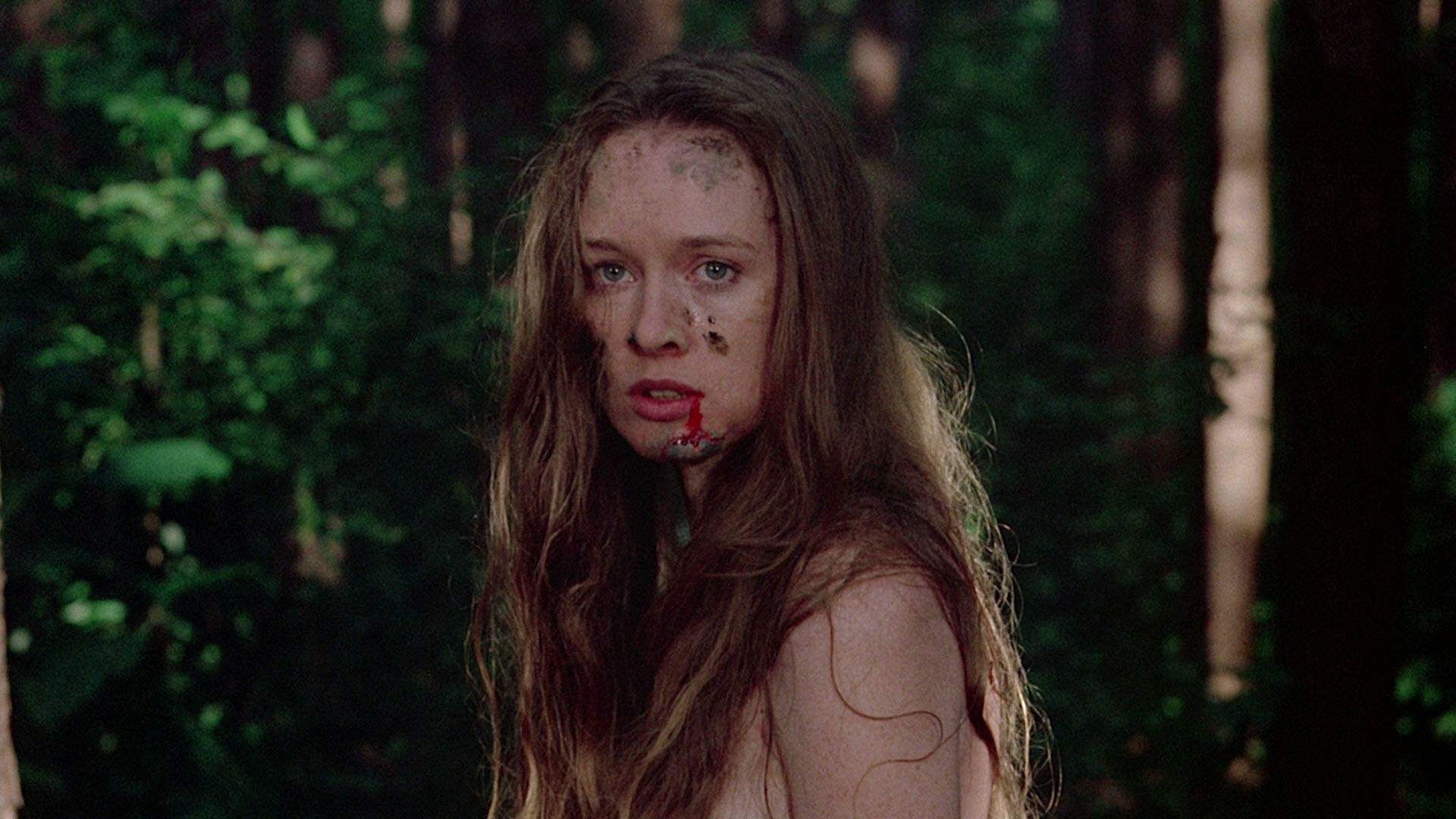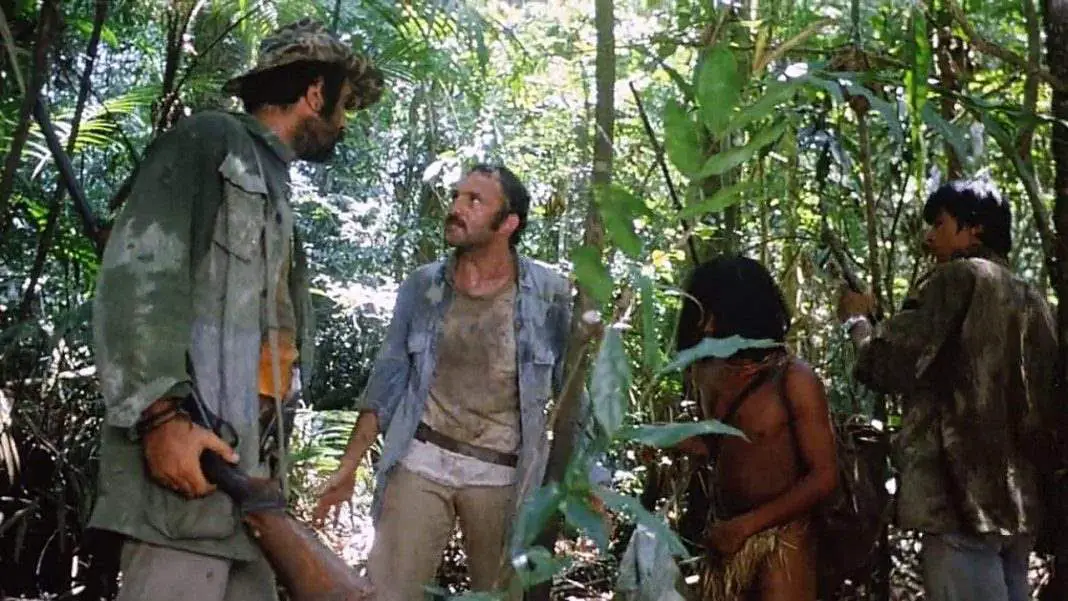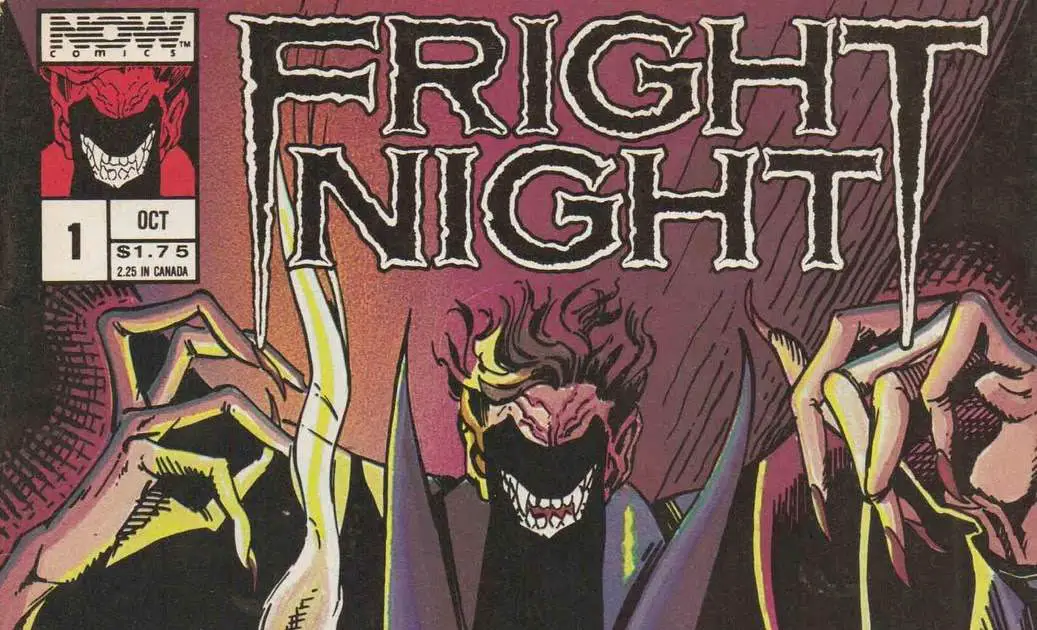There are plenty of fans out there for extreme horror. And most of them are well-rounded, well-adjusted people. There’s an appeal to seeing the most violent, shocking thing you can find onscreen. It’s taboo. It’s forbidden and with that comes a kind of dark charm. It’s cathartic to see things pushed to their limits on the screen, to be able to see the worst of what human beings do to each other and still be able to walk away from the experience. It’s not harmful in and of itself. If anything, it could be upsettingly therapeutic.
So why are people so quick to condemn the violent and nasty horror movies? Unlike hatred for the genre itself, this criticism comes from fans as well. It seems natural, in some ways. A movie like A Serbian Film or Nekromantik is on the surface harder to defend than a movie like Halloween or An American Werewolf in London. But these are films that are more easily appreciated as works of art, whereas Cannibal Ferox and Mountain of the Cannibal God earn the label of smut. But where is the line, really? Can we cross it? Can a horror movie go too far?
Sure, some films are better than others and some films are easier to handle than others, but really, all of them have their place. All of them are some kind of artistic expression, whether they are memorable or successful in that or not.
There are all too many horror movies that look like trash on the surface, but contain a surprising amount of subtext. In fact, it’s part of what I love so much about the genre. For me, Cannibal Holocaust is a film worth defending because as extreme as it is, it has a point. It’s not a xenophobic movie so much as it is about xenophobia. The true, despicable villains are very clearly the white people who drive these natives—who do have brutal practices of their own—to extreme violence just so that they can have something edgy to film. It’s one of the earliest found footage features, one of the earliest meta horrors, and is in general an in-depth look at what people do to one another. The assumption is that mankind is at its worst when behind closed doors, but Cannibal Holocaust suggests that the reverse is true: That we might be capable of anything when the camera turns on us.I’ve also done a lengthy defense of I Spit on Your Grave, also considered one of the most horrific and shocking movies ever made. It’s a rape/revenge film and contains one of the longest rape scenes in cinematic history. But while it is a feature about rape, about misogyny, which does not necessarily make it misogynistic. The empowerment comes not just through Jennifer’s revenge, but in that long, drawn out moment after she is left for dead and forced to crawl back home. That long scene where she stares at the wall, seemingly for two days straight, deciding. Her decision to take matters into her own hands, her decision to be as cruel to them as they were to her, that’s the strength of I Spit On Your Grave. That’s what a good movie of this sub-genre is capable of.
Movies like A Serbian Film or Nekromantik are more extreme, more intent on showcasing the violence and little else. They’re pure exploitation, focused on seemingly nothing but the gore. But the absurdity in both of these films makes sense, because they’re comedies. Everything in them is heightened. If anything, A Serbian Film showcased the balance that a movie needs in order to be truly disturbing. A Serbian Film takes things so over the top that eventually you can’t help but laugh, even if it’s the only way you can process what you’re seeing.
 I can comfortably defend Cannibal Holocaust and The Last House on the Left. But even if I don’t love movies like The Human Centipede and the remake of I Spit on Your Grave, I’m not put off by their existence. Even if some of them are made only to be shocking and even if the occasional film may be made for the wrong reasons, at the end of the day, as the classic trailer for The Last House on the Left put it: It’s only a movie.
I can comfortably defend Cannibal Holocaust and The Last House on the Left. But even if I don’t love movies like The Human Centipede and the remake of I Spit on Your Grave, I’m not put off by their existence. Even if some of them are made only to be shocking and even if the occasional film may be made for the wrong reasons, at the end of the day, as the classic trailer for The Last House on the Left put it: It’s only a movie.
It’s fake. Videos of real death, crime scene photos, these things are completely accessible right now. Serial killer fan culture is at an all-time high, whole huge sections of the Internet are devoted to looking at video feeds from car accidents. So you can always remind yourself that as sick as whatever horror movie you’re watching might get, it’s not that. It will never be that. I want a horror feature to terrify me, I want it to make me forget it’s fake, if only for a second. After that, I want the ability to walk away shaken, but safe.
As Stephen King and others have put it, “Horror movies are rehearsals for our deaths” and as horror fans, we’ll be shuffling off well rehearsed. We’ll know our blocking and we’ll have our lines down pat. Because that rehearsal process is key. That understanding of what the world is like both at its best and at its worst, that’s what extreme horror is for. And in that, it’s pretty easy to defend.









